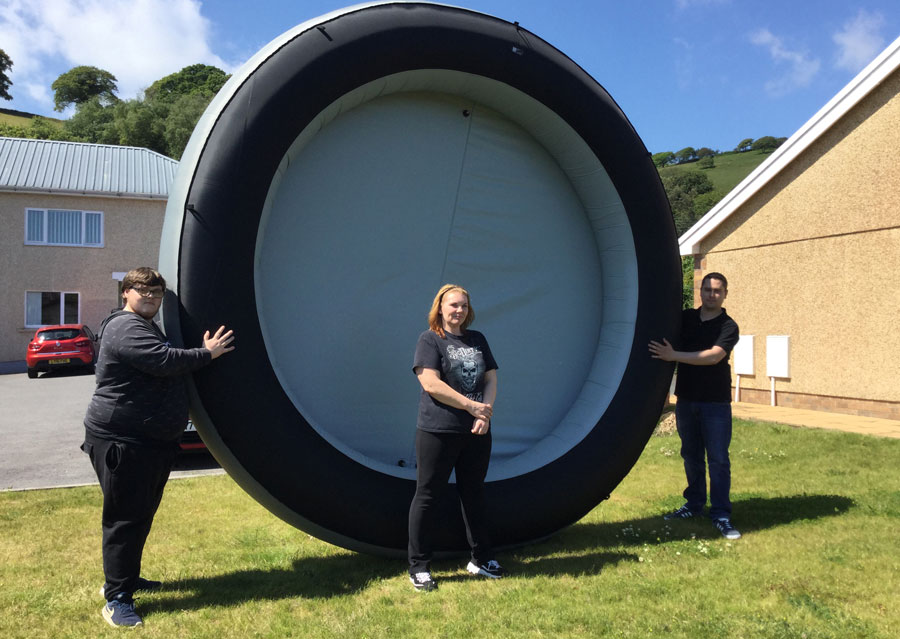
What's been happening in the Weld Purging World this month? Technical Sales Manager Luke Keane gives us a round up of what has been happening at our UK HQ during August.
It’s been another great month, with some exciting orders coming in! We manufactured a 136” diameter Weld Purging Dam for one of our European customers, which are perfect for closure welds, tight bends, T piece joints and dome end connections.
Another record for HFT®, as this is the largest we have ever produced and to our knowledge the largest purging system supplied into industry to date!
The next images show a 76” QuickPurge on site. These Inflatable Tube and Pipe Purging Systems save huge amounts in argon and time. For perfect Weld Purging.
It was also a great few weeks with our Rubber Plugs. These lightweight, simple to inflate, high pressure Plugs are ideal for blocking pipes containing oils, hydrocarbons and petrochemicals. The Pipestoppers® range of Rubber Plugs are manufactured from high quality materials, ensuring a long life span of each Plug. They have a temperature resistance from -40°C (-40°F) to 70°C (158°F) and are available in sizes from 2 to 78” (51 to 1,981 mm).
Weld purging is the act of removing, from the vicinity of the joint, oxygen, water vapour and any other gases or vapours that might be harmful to a welding joint as it is being welded and immediately after welding.
Stainless steels, duplex steels, titanium-, nickel- and zirconium- alloys are sensitive to the presence of air, oxygen, hydrogen, water vapour and other vapours and gases that may combine with the hot metal as it is being joined.
Such gases may combine with the metal to form undesirable compounds that may reduce corrosion resistance or may be instrumental in creating cracks or other structural defects in metals.
Weld Purging is generally necessary for the first weld run when joining two separate parts. This sealing weld will be called a “root run” when it takes more than one run or (pass) to fully seal the root area from above.
Once the root run has been completed, it is possible to stop the purging process unless the welding engineer has specified that purging should be continued for the second and third passes for example in case the root weld becomes hot enough to oxidise in the air that will have replaced the purge gas.